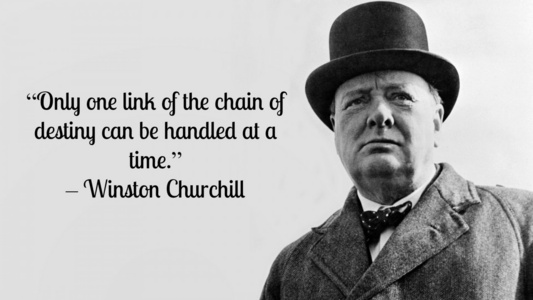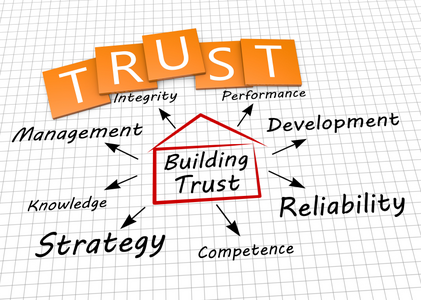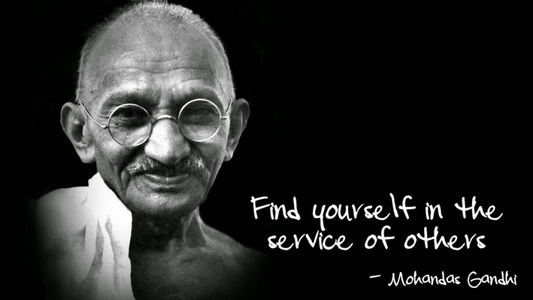Keep up the excellent job and delivering in the crowd!
Here is my weblog: {link://www.bluegreenforums.com/index.phpp=/discussion/348/best-reasons-to-choose-a-handheld-back-massager?new=1}visit website{/Link}

Have you ever wondered what made a good manager or a lousy one. I’m sure you are like me and have had both. Now you are getting promoted, starting your own company, or already have a company and are THAT manager. What successful management skills do you need to lead, motivate, and inspire?

Peter Drucker maintains that to be an effective leader you must focus on one thing at a time. Granted, with today’s technology it appears that we can do many things at a time, but it is a delusion. Studies show that only 2% of all people can actually effectively multitask that leaves the 98% of us in the dust. In fact, your productivity is reduced by 40%. Can we actually afford such a drop?

Encourage innovation. Yes systems and procedures are important, but it is equally or even more important to look for creative and innovative solutions. Tom Peters provides a foundation for creating the exceptional organization by being open and in tune to innovation and grass roots solutions. It empowers everyone.
How do we promote innovation? Encourage a relaxed and flexible work environment, let ideas and solutions flow. Hire for the culture, not only for the specs of the position. Look for people who think out of the box, are a little quirky, have different perspectives, and are diversified in all senses of the word. Look for passion. Why would you want people who really don’t care about what they are doing or for who. Passion produces productivity and energy. Finally, do fun things with your people – it’s not all about work but team.

Build trust in your organization. How can your team work with you if they have no trust or faith in you? Changing the way a person thinks is scary, not many people like change. John C. Maxwell penned it best when he gave us the following solutions.

Seth Godin has a great definition for being a good leader and manager; “ A good leader begins by being a good person. But, everyone should be a good person, so let’s add the leader part on top. The leader seeks to go to new places and seeks involvement for people who want to go with them. That combination is key. To see that it is a voluntary action and to be able to describe the possibility of a better future. If you do that and you do it as a good human, for the community, then I think you are a good leader.” He goes on to say something profound, “It’s not about you, there’s somebody else in the room.”

Jack Welsh has some time-tested and wise ideas on managing for greatness.

I like to end with what Dr. Ken Blanchard writes on Servant Leadership, “I am a big fan of servant leadership. I think vision and direction is the leadership part of servant leadership and operational leadership is the servant part of servant leadership. Vision and direction has to come from the top of the hierarchy. That doesn’t mean you don’t allow people to participate in formulating the vision, but the responsibility for establishing the vision lies with the hierarchy. Once people know where they’re going, then you have to turn the hierarchical pyramid upside down. Now you as the leader serve your people by helping them implement the vision.”
 |
Chuck Groot CPA, MPA, MBA is an author, speaker, photographer, business coach, and entrepreneur are noteworthy. His clients credit their success to his ability to get right to the heart of any challenge that they put in front on him. He credits his success to God and his client’s willingness to being open to new ideas and their desire in the pursuit of excellence. As an entrepreneur, his enthusiasm and innovative approach have garnered him both professional success and the recognition of his peers. But his greatest delight is being able to share these skills with others and enabling them to be successful on their own. I would really like your opinions and thoughts, please share them in the comments section below. Also, if you liked the article please share it. |
Keep up the excellent job and delivering in the crowd!
Here is my weblog: {link://www.bluegreenforums.com/index.phpp=/discussion/348/best-reasons-to-choose-a-handheld-back-massager?new=1}visit website{/Link}
thank so a lot for your website it aids a lot.
Also visit my page :: {link://www.iptvfans.cn/wiki/index.phptitle=Uncover_here_details_about_the_best_foot_massager_-_this_info_will_help_you_to_discover_the_suitable_model!8151280}Conair Foot Spa{/Link}
You have got superb info on this site.
My homepage {link://bd-server.com/user/StarMackinolty/}for more information{/Link}